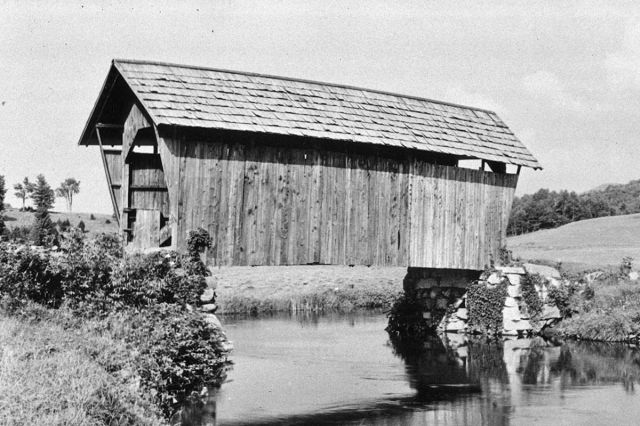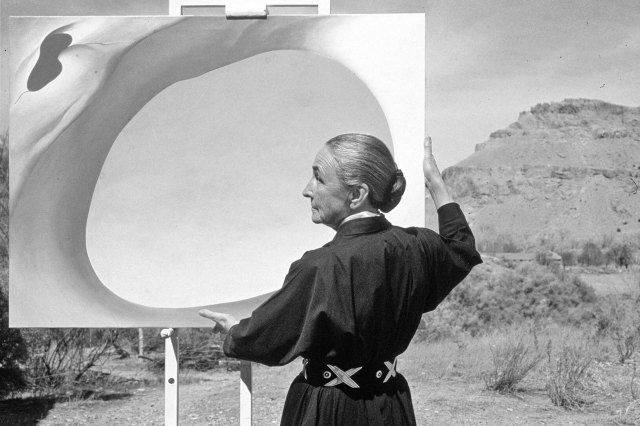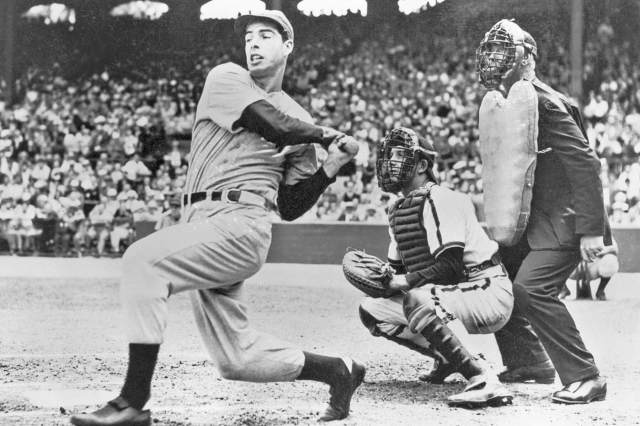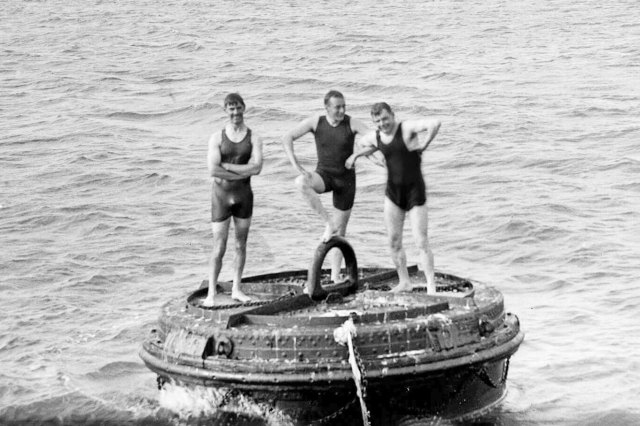Icelandic television was not broadcast on Thursdays until 1987.
The history of Iceland’s national public broadcaster, RÚV, dates back to 1930, when it started as a radio service. Almost 40 years passed before RÚV launched a television channel in 1966, and even then, it wasn’t until 1987 that Icelanders could watch TV every day of the week.
Until RÚV went on the air, Icelanders’ only way of watching TV was to intercept the signal of the English-language station intended for soldiers at the U.S. Army base in Keflavík. Some Icelanders, including famed nationalistic writer Halldór Laxness, were concerned about the U.S. program’s influence on their country’s culture, especially without a local alternative. When RÚV was launched, the station was only on the air two nights a week. Eventually, it worked up to a near-daily schedule, broadcasting just a few hours each day, but remained off-air on Thursdays. It’s widely believed this was an attempt to encourage residents to venture outdoors and socialize, but some locals remember it as a dedicated day off for the station’s small crew (who also got the entire month of July off until 1983).
After facing mounting competition from private channels, including Channel 2, which began broadcasting in Iceland in 1986, RÚV finally started airing every day of the week. The first time it broadcast on a Thursday was in October 1986, when Reykjavík hosted a summit between Ronald Reagan and Mikhail Gorbachev. Reagan arrived on a Thursday and RÚV covered it live.















